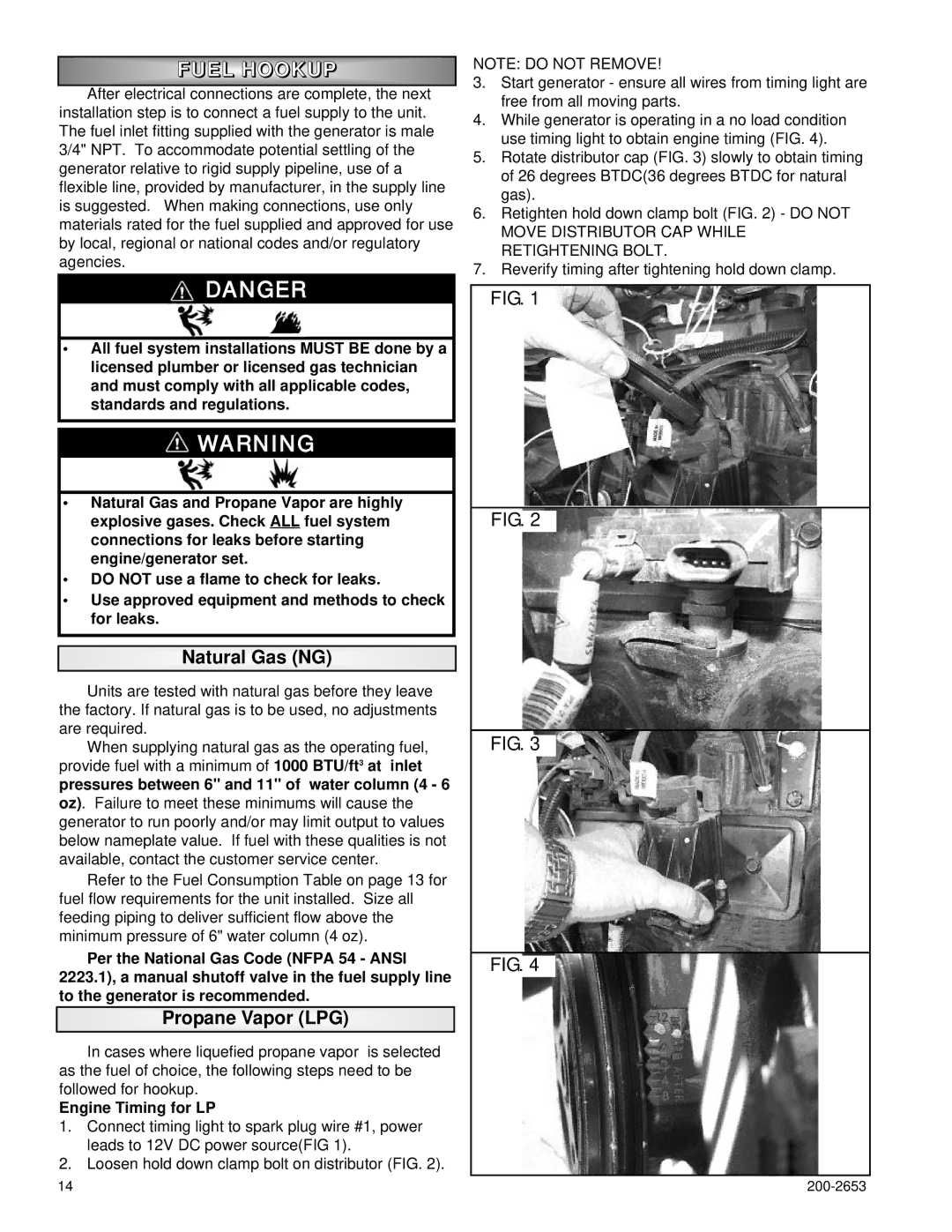P2701, P2201, P3201 specifications
The Powermate P3201, P2701, and P2201 portable generators represent a blend of innovation and practicality, designed to provide reliable power for various applications, whether for outdoor activities, home backup, or professional use. These models are distinguished by their powerful engines, user-friendly features, and robust designs, making them ideal companions in situations where electricity is needed most.The Powermate P3201 generator stands out with its impressive 3200-watt output, allowing it to handle larger appliances and tools. This output comes from a reliable 6.5 HP engine, which provides the necessary power for heavy-duty usage. The P3201 also features a durable steel frame, ensuring longevity and resistance to wear and tear. Its low oil shutdown feature is a highlight, preventing engine damage by automatically shutting off when oil levels are too low. Additionally, the generator is equipped with multiple outlets, including 120V AC and 12V DC, giving users the flexibility to power a variety of devices.
The Powermate P2701 offers a slightly lower wattage at 2700 watts, making it a great choice for users who need reliable power without excess capacity. The 6.5 HP engine offers efficient performance, while the lightweight design ensures portability. Like the P3201, the P2701 also boasts a low oil shutdown feature, alongside a built-in voltmeter for easy monitoring of power output. Its compact design makes it perfect for camping trips or recreational events, while still providing enough power for essential home appliances.
Finally, the Powermate P2201 is tailored for users seeking a compact and efficient generator. With a 2200-watt output, it is suitable for smaller devices, making it an excellent option for tailgating, outdoor gatherings, and backup power for lights and fans. Powered by a 4-stroke engine, the P2201 strikes a balance between efficiency and portability, with an easily transportable frame. The generator's noise-reducing technologies ensure quieter operation, which is a crucial factor in residential areas.
In conclusion, the Powermate P3201, P2701, and P2201 generators cater to a variety of power needs, each offering unique features and strengths. Their robust engines, safety features, and thoughtful engineering make them reliable choices for anyone needing portable power solutions. Whether managing larger power needs or seeking a lightweight generator for casual use, these models deliver performance and convenience.

